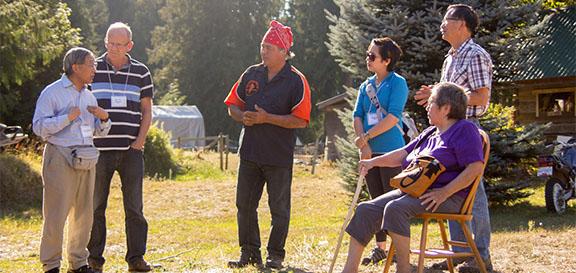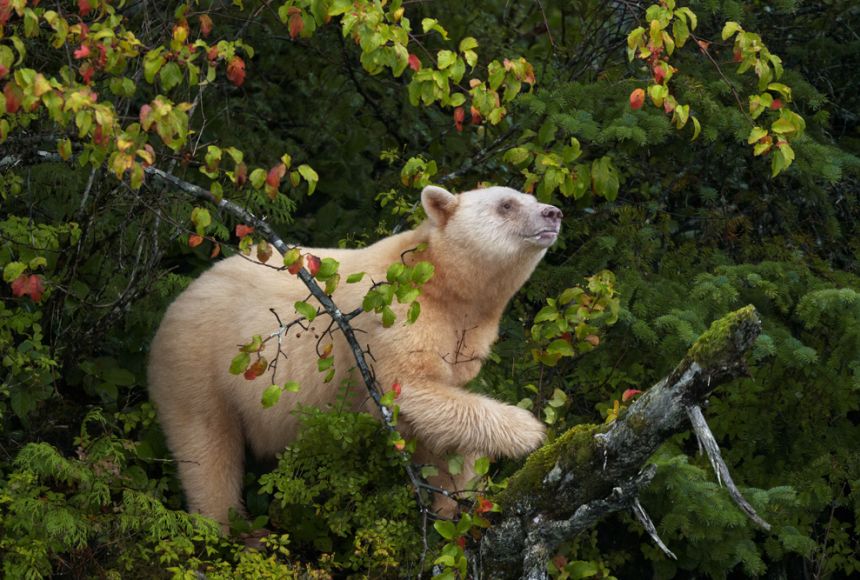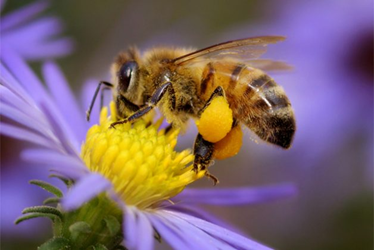In May the B.C. government apologized to Chinese-Canadians for historical wrongs committed against their ancestors by former provincial governments. Canadians for Reconciliation Society is an organization that promotes reconciliation of Canada’s relationship with both Chinese-Canadians and First Nations people. But CFRS and its CEO, Bill Chu, recognize that reconciliation is a process that cannot be achieved without education about our history and the way its impacts are still felt today.
MoveUP’s Multicultural Committee sent four union members on CFRS’s weekend bus tour of the Fraser Canyon as part of that educational process. The bus tour each year explores historic sites for Chinese-Canadians including gold mines, farms, CPR construction, and burial sites.
Doris Wong, a MoveUP member at Coast Mountain Bus Company said it felt amazing “just to walk where other people have gone.”
“Being a Chinese-Canadian, I thought it was very fascinating because you get to read about things but you never really get to walk it. Our first stop was at this cave that Bill Chu told us was abandoned by workers brought over from China to build the railroad. They tried to tunnel through the mountain and this section was so dangerous and they lost so many lives that they refused to work on it,” Wong said.
Ray Liu, a member who works at the BCGEU also talked about the abandoned Canadian Pacific Railway tunnel they visited: “[These sites] showed the intense amount of labour that Chinese people were doing. And we learned the history that the Chinese labourers were paid half the normal wage. There was definitely a lot of mistreatment there.”
“I was kind of sad that our education doesn’t really mention that stuff,” said Eric Liu, another member from Coast Mountain Bus, “[The trip] motivated us to think harder.”
The group also visited First Nations reserves to share meals and ceremonies and hear from Indigenous people about their history and present challenges. They also met the descendants of Chinese workers who married into First Nations communities.
Wong talked about visiting with First Nations at Mount Currie: “First Nations people talked about more current issues like development of their land. We went from the past to what is happening in the present. It’s a continual struggle and we were asking what can we do? I think in a way that us hearing and sharing their story is the first step.”
Ray Liu said that meant a lot: “It has a big impact on me in that I understand that all the things that I have — that all the things I’m able to enjoy right now — it’s all because of the sacrifices these people were forced to make in the past. I’d say that was one of the biggest things I learned, to have that appreciation for the Aboriginal people as well as the early Chinese ancestors who dedicated their lives to working on the railway.”
Ray Liu hopes more MoveUP members will consider attending the tour in future years: “There is so much they can learn from this experience. Reading things on paper; it’s a whole different experience being there.”
Wong connected the trip and what she learned back to her experience as a union activist: “This trip gets people to realize the history and struggle behind the things we take for granted – like now we’re fighting for things at work like our benefits and some people don’t realize those things weren’t just given to us.”
“Thank you, union, for sending me!” added Wong.
Eric Liu concluded, “We appreciate that the union made this possible. It was really amazing.”
Photo credit: Top photo by Ray Liu. Right photo of group by Eric Liu.



